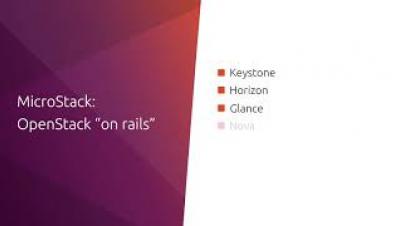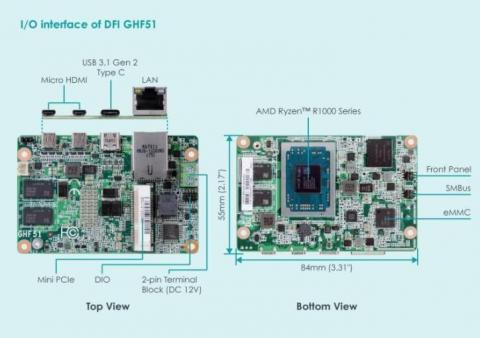Operations | Monitoring | ITSM | DevOps | Cloud
Canonical
Model-driven observability: Taming alert storms
In the first post of this series, we covered the general idea and benefits of model-driven observability with Juju. In the second post, we dived into the Juju topology and its benefits with respect to entity stability and metrics continuity. In this post, we discuss how the Juju topology enables grouping and management of alerts, helps prevent alert storms, and how that relates with SRE practices.
Cloud PaaS through the lens of open source - opinion
Open source software, as the name suggests, is developed in the open. The software can be freely inspected by anyone, and can be freely patched as required to suit the security requirements of the organisation running it. Any publicly identified security issues are centrally triaged and tracked.
DataOps: keeping the data flowing with Model-driven Operations
If you’ve ever lived DataOps, you’ll know that it’s a challenge at the best of times. A day in the life of a typical data engineering team involves securing, releasing, debugging and stabilising complex and oftentimes fragile data pipelines. These pipelines can involve many source applications and intermediaries, and troubleshooting them under management pressure when it’s all going wrong is stressful.
Happy birthday - 30 Years of Linux
Thirty years ago today, Linus Torvalds announced his free operating system to the world. As with many of the world’s greatest, Linux had humble beginnings as a very small pet project. The GNU was working on an ambitious free, public domain operating system but the project had been delayed, and enthusiasts were quick to adopt Linus’ new project.
Kubernetes Fully Managed - half the cost of AWS
How can you run a fully managed Kubernetes in a private cloud at half the cost of Amazon EKS (Elastic Kubernetes Service)?
The State of Robotics - July 2021
From autonomous mobile robots to robot butlers. It is impressive to see how much progress has been made in the last decade. Thanks to our open source robotics community we keep learning, and this newsletter is filled with events, R&D updates, new products and tutorials for you. Thanks July!
Model-driven observability: the magic of Juju topology for metrics
In the first post of this series, we covered the general idea and benefits of model-driven observability with Juju, but did not dive deep into the idea of contextualization and how it makes observability more actionable. In this post we start addressing what contextualization means in model-driven observability, starting from adding Juju topology metadata added to telemetry, and how that improves the processing and querying the telemetry for charmed applications.
Canonical and DFI launch the first Ubuntu certified AMD-based "Industrial Pi"
Canonical and DFI announce that the GHF51 and EC90A-GH, have been certified, based on the latest AMD-based platform. Both offer improved performance, a smaller footprint, and full access to open-source software with Ubuntu and Ubuntu Core. These are part of the first wave of products that passed the Ubuntu IoT hardware certification.
Autonomous mobile robots (AMR) - a beginner's guide to adoption
The process of automation with autonomous mobile robots (AMR) is challenging. Is not only about the budget for companies looking to automate. It also requires a deep understanding of your processes, from material handling to end product. Automation taps into having a broader sense of where you are and where you want to be.









